NPS vs EPF
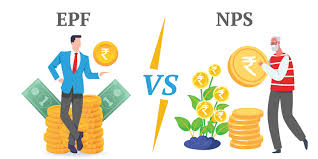
All the employees covered under the EPF scheme now have the option to switch to NPS scheme in order to use a number of tax benefits and savings that are applicable under NPS. It is best to compare and analyse the different features of the two options. Employees that are currently covered under the EPF scheme have the option […]
National Permit Online

A national permit is a document issued by the transport authority to indicate that a commercial vehicle is authorised for goods carriage across the country. State governments can issue two different permits for goods carriage: state permits and national permits. Central Motor Vehicles Rules, 1989 Section 86: Application for national permitAn application for the grant […]
TDS Under Section 194Q of the Income Tax Act, 1961

Sec 194Q introduced in the finance act 2021 to cover the high volume transaction in the ambit of TDS. Under this section the buyer is liable to deduct tax on the purchase of goods exceeding threshold limit. The primary motive of this section is to increase transparency and be able to track large transactions. What […]
Rajasthan Property Registration
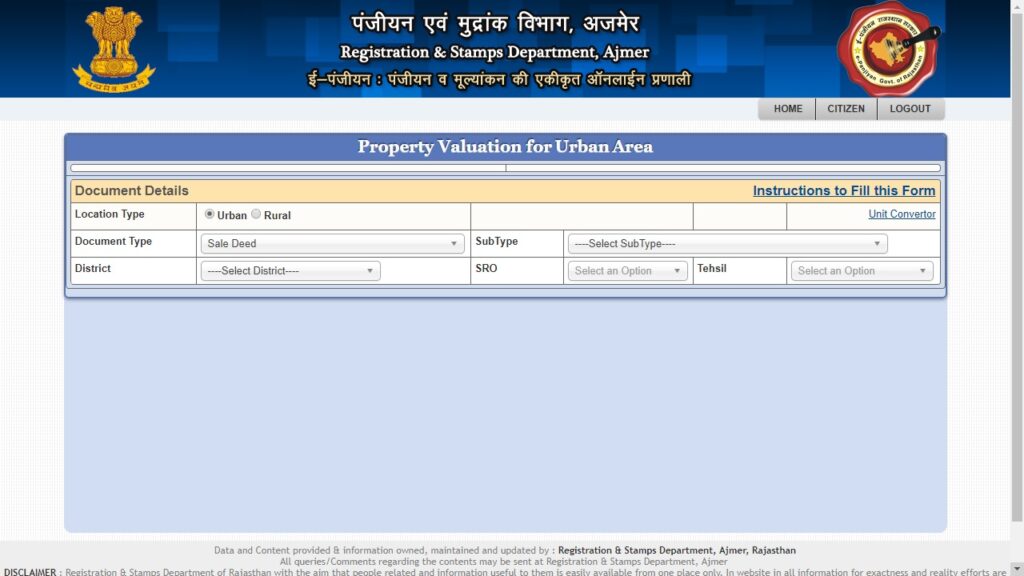
E-panjiyan is the official portal of the Inspector-General of Registration and Stamps (IGRS) of the Rajasthan government, which oversees the property transactions in the State. As per the Rajasthan Registration Act 1955, every property transaction should be registered on the E-panjiyan Rajasthan that holds the digital records of property transfers and registrations. E-panjiyan also provides […]
public distribution system ration

The Public distribution system (PDS) is an Indian food Security System established under the Ministry of Consumer Affairs, Food, and Public Distribution. PDS evolved as a system of management of scarcity through distribution of food grains at affordable prices. PDS is operated under the joint responsibility of the Central and the StateGovernments. The Central Government, […]
Non-Creamy Layer Certificate

The Non-Creamy Layer (NCL) certificate, also referred to as the Other Backwards Class (OBC) certificate, is granted to individuals who meet specific eligibility criteria. It was introduced by former Prime Minister V. P. Singh in 1993. Holders of the OBC certificate are eligible for reservation benefits and specific allocations in prestigious universities as well as public […]
Gujarat Records of Rights – Khatian
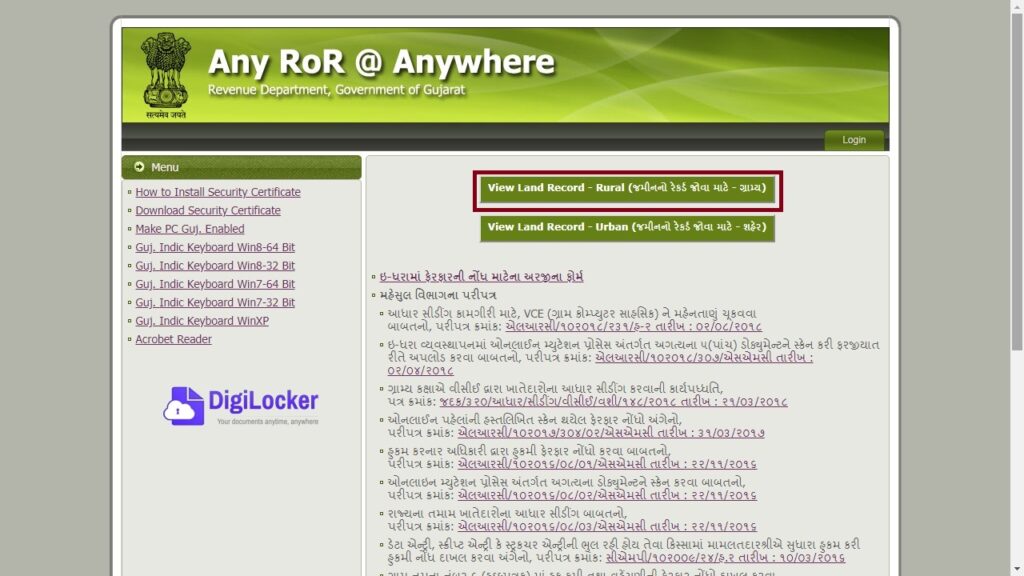
The Government of Gujarat, the AnyROR E-Dhara portal aims to provide easy access to registered land records, including 7/12, 8A, and 8/12 extracts. Users in both rural and urban areas of the State can access the portal for crucial land-related documents, evading the hassle of visiting offices. Gujarat Record of Rights (ROR) is an extract from the […]
Registrar of Companies (ROC)

The Registrar of Companies (ROC) is an office managed by the Ministry of Corporate Affairs (MCA), that deals with the administration of companies and Limited Liability Partnerships across the country. According to Section 609 of the Companies Act, ROCs are tasked with the principal duty of registering both the companies and LLPs across the states and union territories. […]
Rajasthan Vidya Sambal Yojana
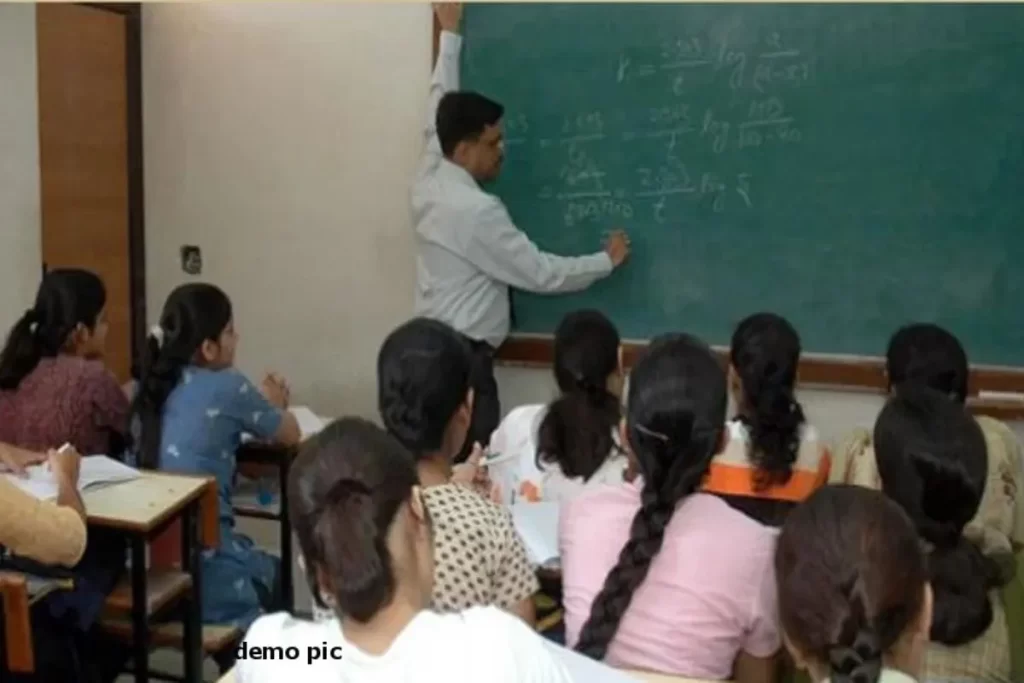
Many times due to lack of staff in schools, colleges and government educational institutions, the course is not completed on time. Keeping this in mind, Vidya Sambal Yojana Rajasthan has been launched by the Government of Rajasthan. Through this scheme, guest faculty will be appointed in schools, colleges and government educational institutions run by the Rajasthan government. […]
What is e-Invoicing Under GST?
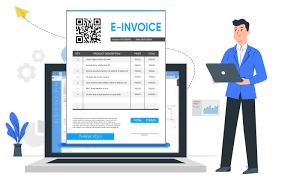
E-invoicing has become an important aspect of the compliance requirements for GST in India. There have been various amendments to the compliance requirements related to the applicability of e-invoicing. As per the latest amendment in August 2023, all the businesses registered under the GST Act, with a total turnover exceeding Rs.5 crores, are required to […]